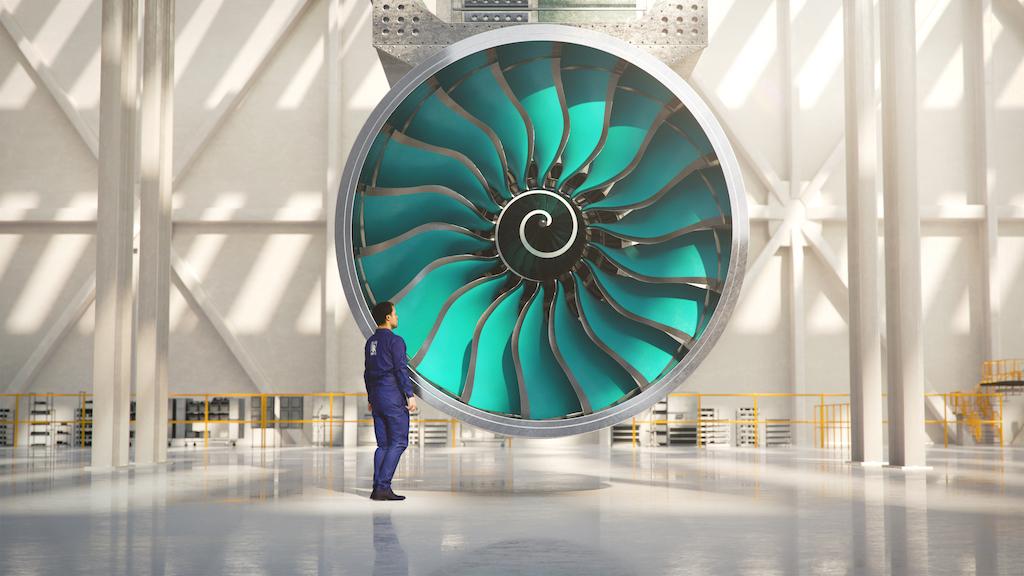
Within the past three years, British engine maker Rolls-Royce has been forced to pay almost $1 billion to settle a multinational bribery investigation; to apologize repeatedly for durability problems across its Trent 1000 line of engines, which have seen scores of Boeing 787s withdrawn from service at one time or another; and, most recently, to lay off up to 9,000 staff to weather the coronavirus crisis and its aftermath.
Thus it seems there are significant grounds for pessimism, and since the start of the year Rolls-Royce’s share price has roughly halved, but some analysts believe that fears about the company’s future are overdone.
Their reasoning makes interesting reading, not just for Rolls-Royce but also for the other commercial engine manufacturers.
“We believe [Rolls-Royce’s future] returns are materially underestimated by some observers,” state analysts for investment bank Jefferies.
Praising the recent cuts to jobs and capital expenditure as vital first step for Rolls-Royce to negotiate the crisis and its aftermath, Jefferies goes on to analyze the company’s services business, which accounts for about half of group sales.
It notes that while global engine flying hours have deteriorated more than it predicted – to the detriment of a business that derives much of its revenues from cost-per-flight-hour maintenance deals – the impact of this on profitability is “open to interpretation”, partly because fewer overhauls will mean “significantly” lower costs for Rolls-Royce.
At present, Jefferies is forecasting engine-flight-hour receipts of £2.5 billion for Rolls in fiscal 2020, which compares rather well – given the circumstances – with the £3.1 billion of long-term service agreement revenue the company generated in FY2019.
Of course, such predictions are laced with the huge uncertainty about the severity and duration of the crisis, with companies like Rolls-Royce particularly vulnerable given its reliance on the widebody market, which most observers agree will recover slower than short- and medium-haul flying.
Views on any recovery differ enormously, from airlines like Wizz Air – a low-cost narrowbody operator that expects its passengers to return to normal flying patterns in short order – to network airlines like Lufthansa and Air New Zealand that predict a shrunken market for years to come.
Yet Jefferies is no Pollyanna in this regard: it was one of the first firms to highlight the many aspects of day-to-day life that could change radically after the crisis, among which were trends in holiday-making and business and leisure travel. It also predicts that Rolls-Royce’s new engine deliveries will be at roughly half the level of 2019 in both this year and next.
What underpins its ‘Buy’ recommendation for Rolls-Royce is the company’s “significant market share in the provision of large engines” and its “positions on new aircraft programmes such as the Boeing 787, Airbus A350 XWB and Airbus A330neo”.
Given that GE Aviation shares this market with Rolls-Royce, plus the fact that GE also generates massive services revenues, much of the above analysis can be applied to the American OEM as well, although trading recommendations would differ given that GE Aviation is part of larger whole.
For all its missteps, then, Rolls-Royce would still be a crown jewel of any country’s manufacturing base…even though there’s not that much competition in its own.





